Infiltration
Introduction
Infiltration, in the broadest sense, refers to the process by which a substance or entity permeates or passes into a substance, system, or organization. It is a term used in various fields such as geology, hydrology, military science, and medicine, each with its unique context and implications. This article will delve into the concept of infiltration in these areas, providing a comprehensive understanding of its significance and application.
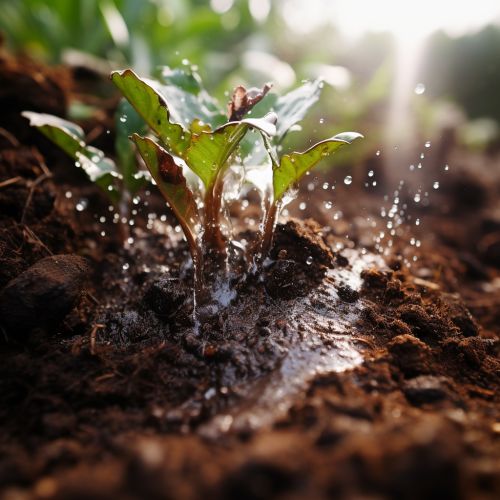

Infiltration in Geology and Hydrology
In the context of geology and hydrology, infiltration refers to the downward movement of water into the soil or rock surface. This process is a crucial component of the water cycle and plays a significant role in the distribution and availability of water resources on Earth.
Factors Influencing Infiltration
The rate of infiltration, often measured in millimeters per hour, is influenced by several factors. These include the physical properties of the soil or rock, such as its texture, structure, and porosity. The presence of vegetation and the slope of the land also play a role. Additionally, climatic factors such as rainfall intensity and duration can impact infiltration rates.
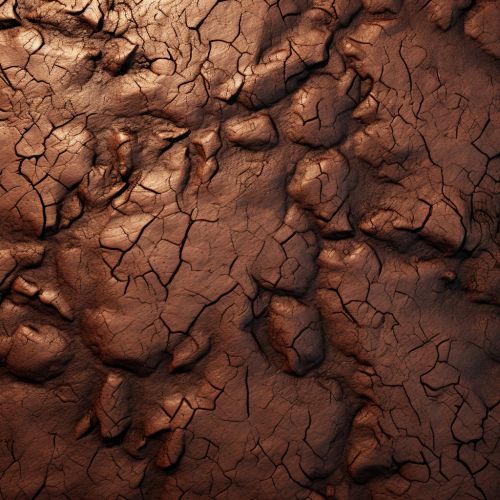
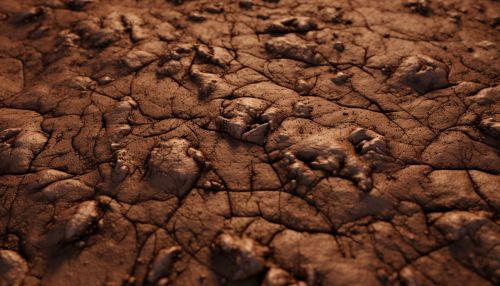
Infiltration Capacity
Infiltration capacity refers to the maximum rate at which a specific soil or rock can absorb water under given conditions. It is a key parameter in hydrological modeling and is used to predict runoff and soil moisture content. Infiltration capacity can vary greatly depending on the factors mentioned above, and it decreases as the soil becomes saturated.
Infiltration in Military Science
In military science, infiltration refers to the movement of forces through or into an area or territory occupied by either friendly or enemy troops or organizations. The purpose is to attack the enemy from behind, disrupt their operations, or gather intelligence.
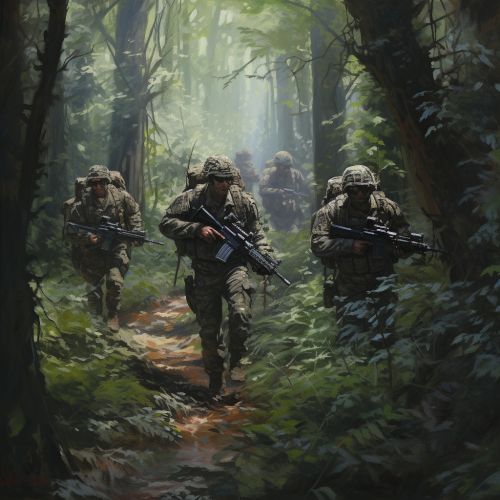
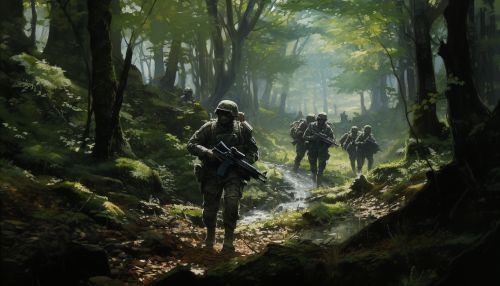
Techniques and Strategies
Infiltration tactics require careful planning and execution. They often involve the use of stealth, deception, and detailed knowledge of the enemy's disposition. Infiltration can be conducted on foot, or using various vehicles or equipment, and it can take place over land, sea, or air.
Historical Examples
Infiltration tactics have been used throughout history in various conflicts. Notable examples include the German Stosstruppen units in World War I, who used infiltration tactics to bypass enemy trenches, and the Viet Cong during the Vietnam War, who used extensive tunnel networks to infiltrate enemy lines.
Infiltration in Medicine
In medicine, infiltration refers to the diffusion or accumulation of substances not normally present within a tissue or body part. This can occur in various contexts, such as the infiltration of fluids into tissues, or the infiltration of cancer cells into healthy tissue.


Infiltration of Fluids
Infiltration in this context often refers to the leakage of intravenous (IV) fluids into the surrounding tissue. This can occur if the IV needle is dislodged or if the vein is damaged, causing the fluids to leak out of the vein. Symptoms of infiltration include swelling, pain, and changes in skin color around the IV site.
Infiltrative Diseases
Infiltrative diseases refer to conditions where abnormal substances or cells accumulate in tissues or organs. These include certain types of cancer, where malignant cells infiltrate and damage healthy tissue, and conditions such as amyloidosis, where abnormal proteins build up in organs and tissues.
